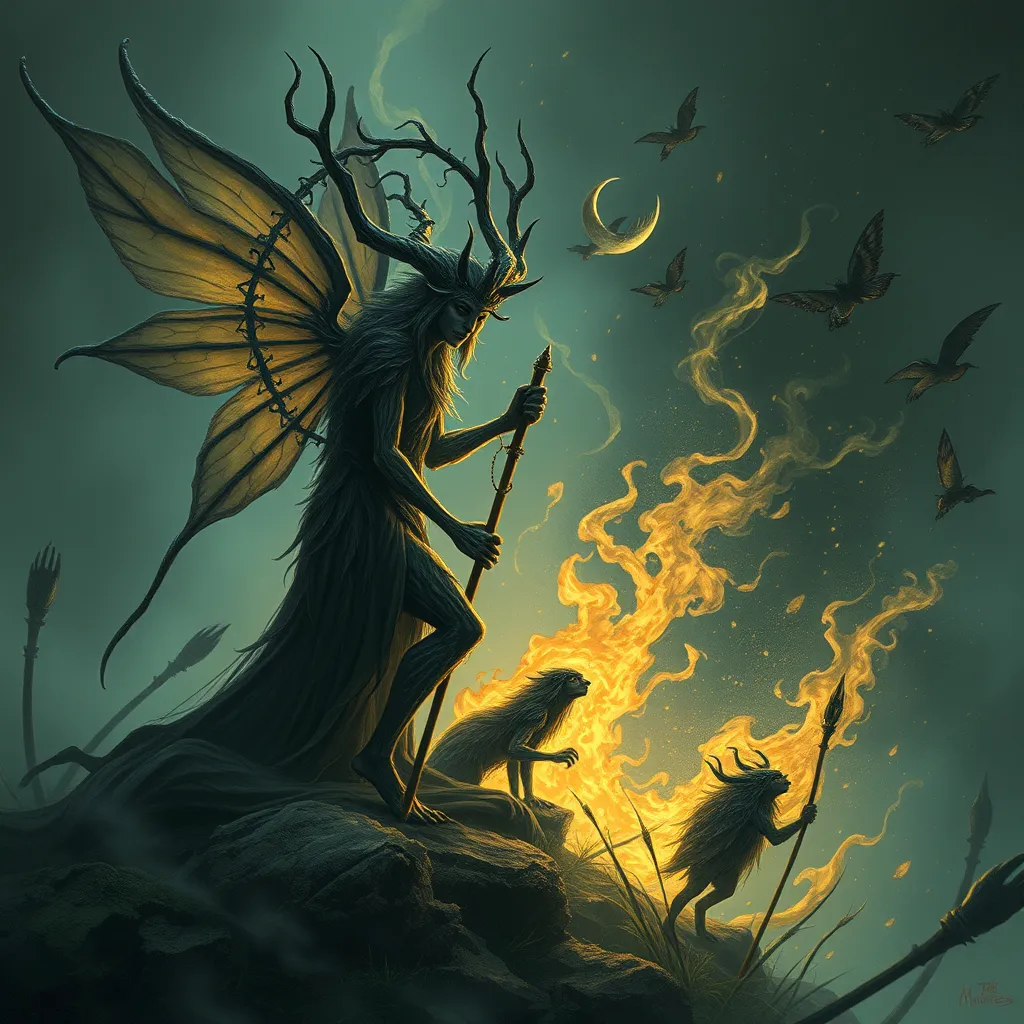The Selkie and the Sea: Exploring the Myth’s Connection to Marine Life and Ecology
I. Introduction
Selkies are mythical creatures found in the folklore of various coastal cultures, particularly within Celtic traditions. Often depicted as seals that can shed their skin to become human, Selkies embody the enchanting connection between humanity and the ocean. They serve as symbols of transformation, freedom, and the deep bonds between people and marine life.
This article aims to explore the intricate relationship between Selkie myths and marine life and ecology. By delving into the origins, stories, and modern interpretations of Selkies, we can uncover how these legends reflect our understanding of the natural world and the pressing ecological challenges we face today.
Ultimately, this exploration serves to highlight the interconnectedness of myth and nature, emphasizing the importance of preserving marine ecosystems through cultural narratives.
II. The Origins of the Selkie Myth
The Selkie myth has its roots in ancient Celtic cultures, particularly among the Scots and Irish, where stories of these creatures have been passed down through generations. Historical accounts suggest that Selkies were often considered a bridge between the human world and the mystical realm of the sea.
Geographically, Selkie legends are most commonly associated with regions such as:
- The Orkney Islands
- The Shetland Islands
- Western Scotland
- Ireland
Over time, the Selkie myth has evolved, influenced by changing cultural attitudes towards the sea, nature, and the creatures inhabiting it. Today, Selkies are often seen as symbols of the fragility of marine ecosystems.
III. Selkies in Folklore: Stories and Symbolism
Selkie tales often revolve around common themes such as love, loss, and the longing for freedom. A typical narrative involves a Selkie shedding its seal skin to become human, only to face challenges in balancing its dual nature. The most famous Selkie story is that of the “Selkie Bride,” in which a fisherman captures a Selkie’s skin, forcing her to marry him.
The symbolism of transformation and duality is central to these narratives, representing the struggle between human desires and the call of the wild. Selkies encapsulate the tension between the human world and the natural environment, often reflecting the emotional and cultural significance they hold for coastal communities.
IV. The Ecological Representation of Selkies
From an ecological perspective, Selkies can be seen as a reflection of the health and vitality of marine ecosystems. Seals, the real-life counterparts of Selkies, play a crucial role in maintaining the balance of marine biodiversity. They are apex predators, influencing the populations of fish and other marine organisms.
Connections between Selkie stories and real-life marine conservation issues are increasingly evident. As these myths highlight the importance of the ocean in our lives, they also serve as a reminder of the need to protect marine environments from human threats.
V. The Impact of Human Activity on Marine Life
Unfortunately, marine ecosystems are facing numerous threats, including:
- Pollution
- Overfishing
- Climate change
These issues not only endanger marine life but also disrupt the cultural narratives that have been intertwined with them for centuries. Folklore can play a vital role in raising awareness about these ecological issues, encouraging communities to engage with their maritime heritage and advocate for conservation.
Selkies, as metaphorical representations of the consequences of human actions on the sea, remind us of the delicate balance we must maintain to preserve marine ecosystems.
VI. Modern Interpretations of Selkie Myths
In contemporary literature, art, and media, Selkies continue to capture the imagination. Many authors and artists reinterpret Selkie myths to address current environmental challenges, weaving together folklore and modern ecological themes. For example, recent novels and films depict Selkies as guardians of the ocean, confronting issues such as pollution and habitat destruction.
The relevance of Selkie stories in today’s environmental discussions cannot be understated. They resonate with audiences, inspiring community initiatives focused on marine conservation. Such efforts often draw upon the rich tapestry of Selkie legends to foster a deeper connection with the sea.
VII. Bridging Myth and Science: Lessons from Selkie Legends
The importance of folklore in understanding ecological relationships is critical. Selkie legends offer insights into the cultural significance of marine life and the need for sustainable practices. By integrating cultural narratives with scientific research, we can promote a more holistic approach to marine conservation.
Furthermore, these myths encourage a sustainable future by highlighting the intrinsic value of the ocean and its inhabitants. They remind us that our actions can have profound effects on marine ecosystems, urging us to act responsibly.
VIII. Conclusion
In conclusion, the connection between Selkie myths and marine ecology is both profound and poignant. These enchanting stories highlight the intricate relationships between humans and the natural world, reminding us of our responsibilities as stewards of the ocean.
The enduring legacy of Selkies fosters a deeper appreciation for marine life and underscores the importance of conservation. As we engage with these myths, let us also commit to protecting our seas and the creatures that inhabit them through storytelling and action.




